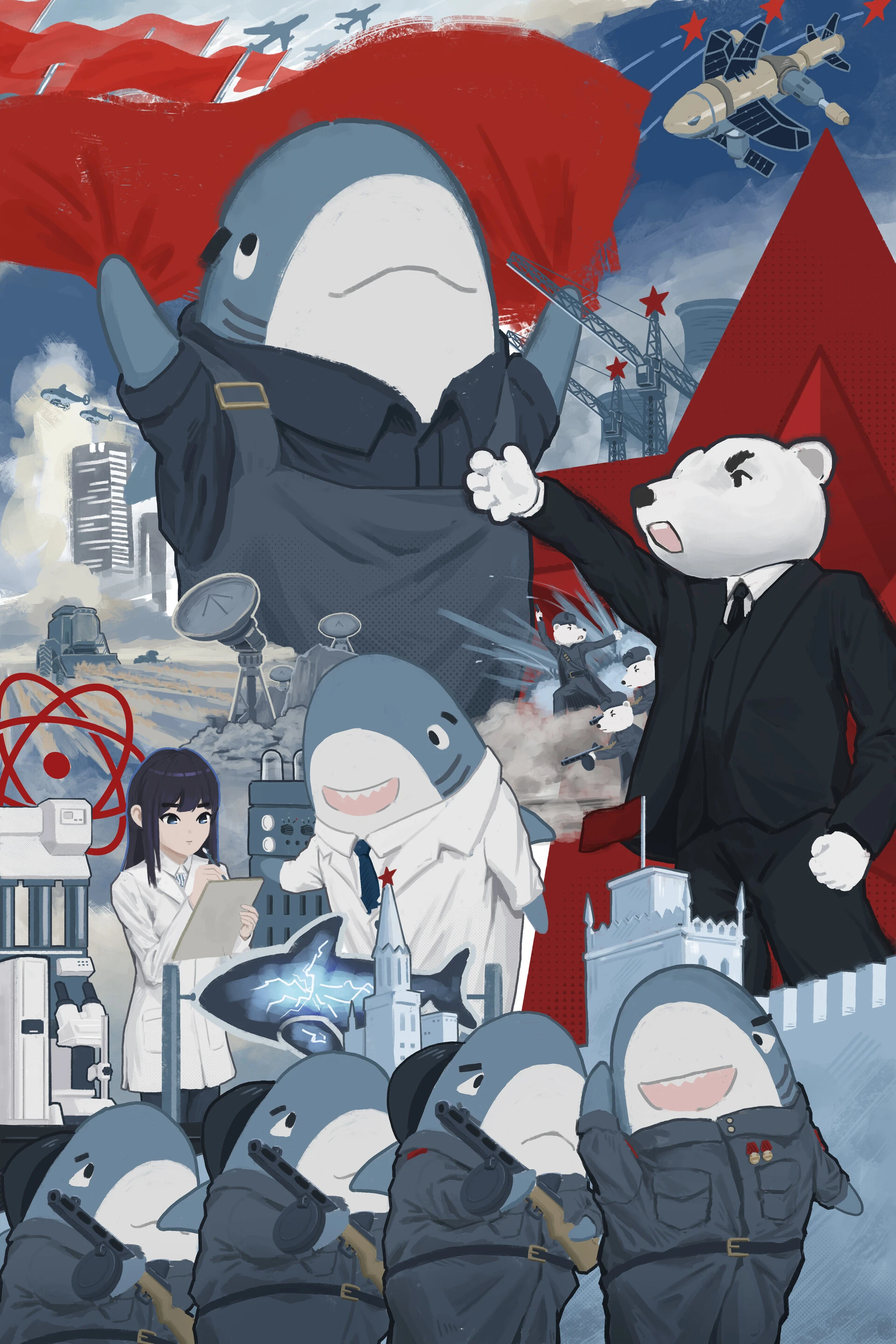traaaaaaannnnnnnnnns
Welcome to /c/traaaaaaannnnnnnnnns, an anti-capitalist meme community for transgender and gender diverse people.
-
Please follow the Hexbear Code of Conduct
-
Selfies are not permitted for the personal safety of users.
-
No personal identifying information may be posted or commented.
-
Stay on topic (trans/gender stuff).
-
Bring a trans friend!
-
Any image post that gets 200 upvotes with "banner" or "rule 6" in the title becomes the new banner.
-
Posts about dysphoria/trauma/transphobia should be NSFW tagged for community health purposes.
-
When made outside of NSFW tagged posts, comments about dysphoria/traumatic/transphobic material should be spoiler tagged.
-
Arguing in favor of transmedicalism is unacceptable. This is an inclusive and intersectional community.
-
While this is mostly a meme community, we allow most trans related posts as we grow the trans community on the fediverse.
If you need your neopronouns added to the list, please contact the site admins.
Remember to report rulebreaking posts, don't assume someone else has already done it!
Matrix Group Chat:
Suggested Matrix Client: Cinny
https://matrix.to/#/#tracha:chapo.chat
WEBRINGS:
🏳️⚧️ Transmasculine Pride Ring 🏳️⚧️
⬅️ Left 🏳️⚧️🏳️🌈 Be Crime Do Gay Webring 🏳️⚧️🏳️🌈 Right ➡️

view the rest of the comments
Maybe it is comparable with kids being conditioned to follow into their parents footsteps and at some point being like "I don't want to a baker but a bus driver". It's not that driving busses or baking bread is a being but that doesn't mean that people should be forced into it.
Anyway, I put the video I was referring to, into an edit of my first comment if you're interested.
I dunno, I think dysphoria’s a lot stronger than that.
My theory is that primates ( among other animals, perhaps) have the instinctual tendency to imprint behaviors from their social group, which manifests as self-idendifying as a member of that group. Gender identity is a form of this instinct to self-identify, which primes people to imprint/identify with gendered subgroups within their group.
As "male" and "female" behavior groupings can serve the function of genetic propagation (e.g. "men and women fuck and have babies") these identities appear to exist for most or all animals, and within every society. The complexity of human culture, and the indef-gtability of biological categorization, allow room for the development of genders beyond the two listed previously, giving rise to nonbinary gender identities. To put it another way, an individual may not have male-typical or female-typical imprinting tendencies, but something less common or even novel. Human culture can adapt to this, when recognized and acknowledged.
Most people, being cis, find this process as invisible as imprinting language. They have an internal imprint/identification tendency that readily aligns with the most common sexual categories (male and female), and this reinforces their senses of self-identity. Trans people must contend with the contradiction of being socially and sexually identified as one group while fundamentally primed to imprint, and therefore identify, with the other. Nonbinary people may find themselves trying to fit an existing social group that most closely matches their sense of self, or they may attempt to carve out their own categories, ideally with the endorsements of their social groups.